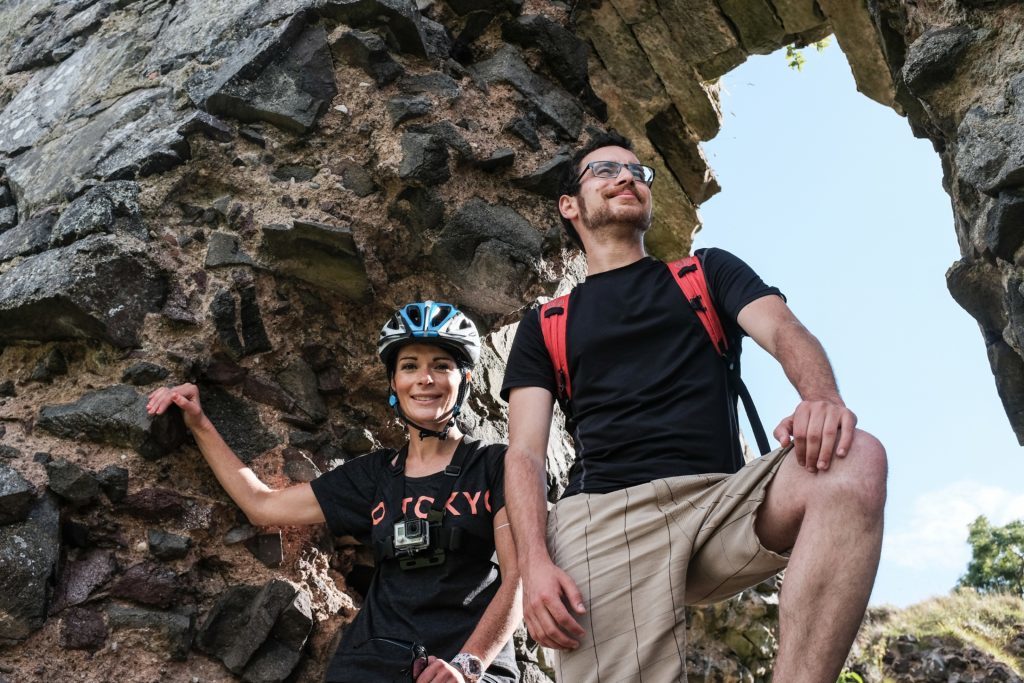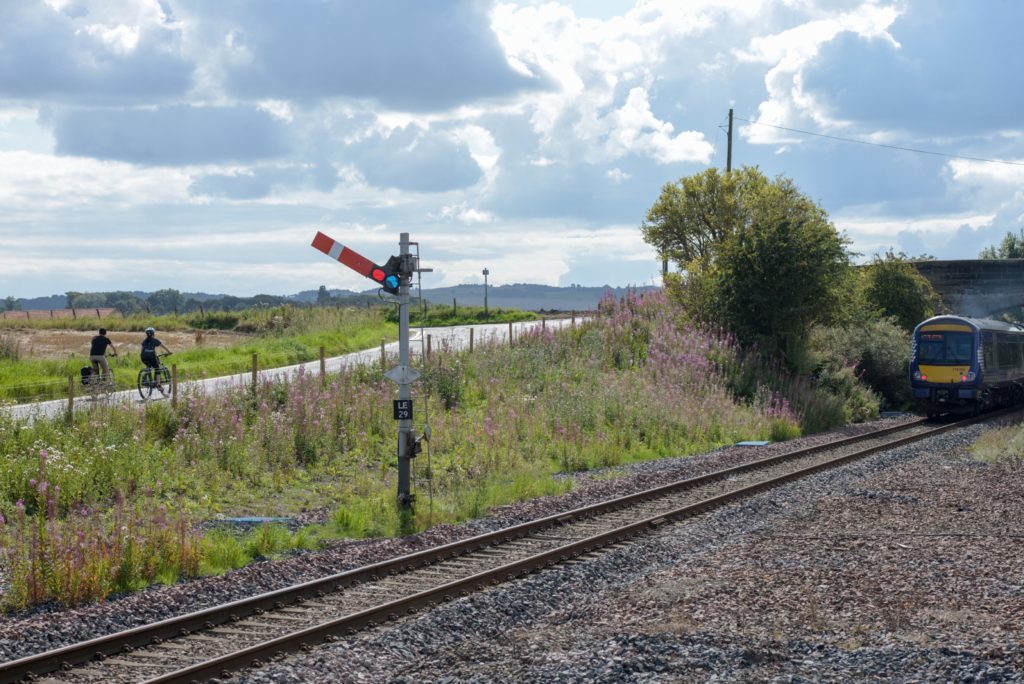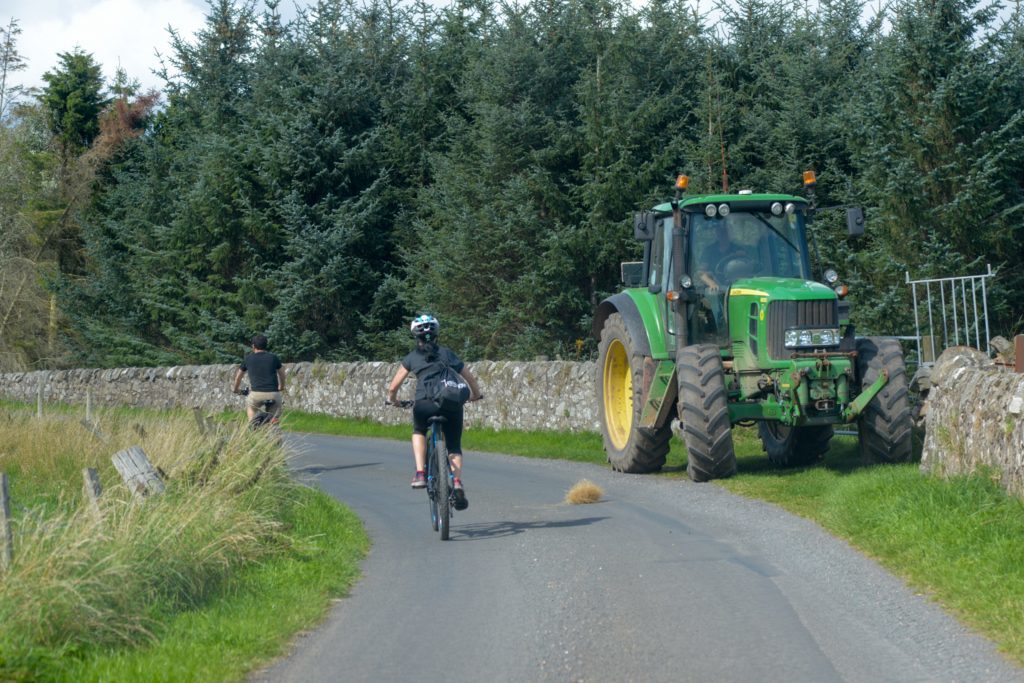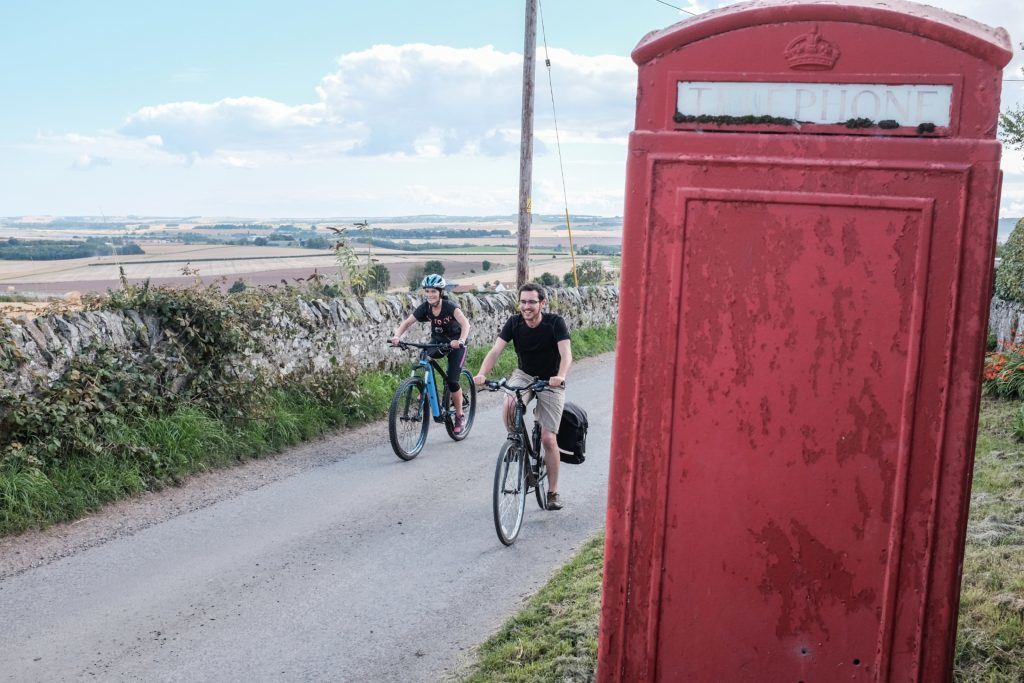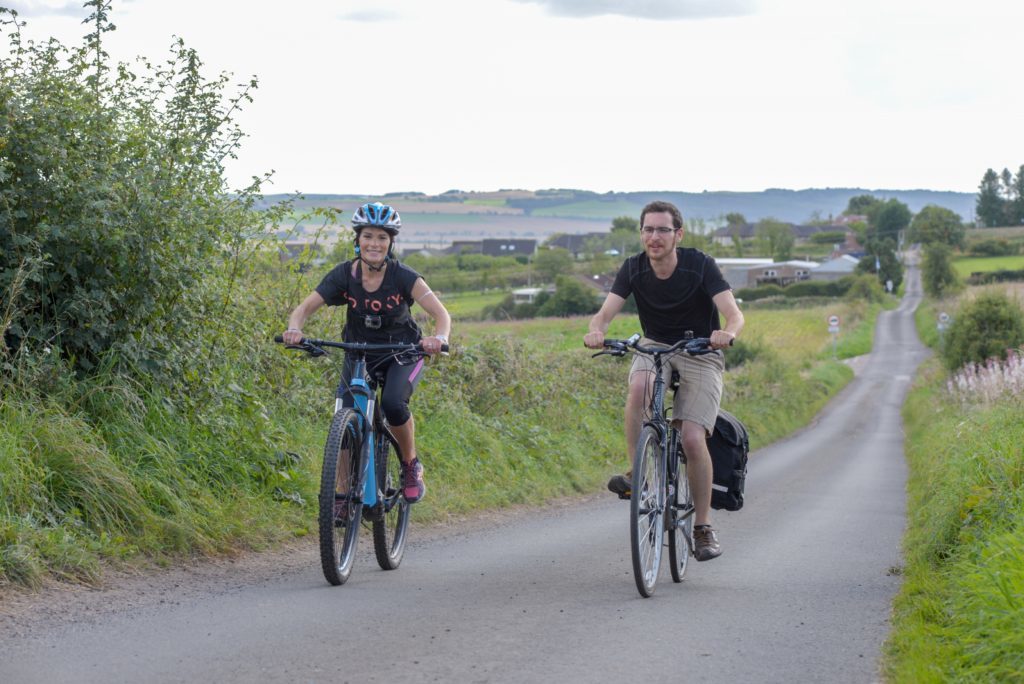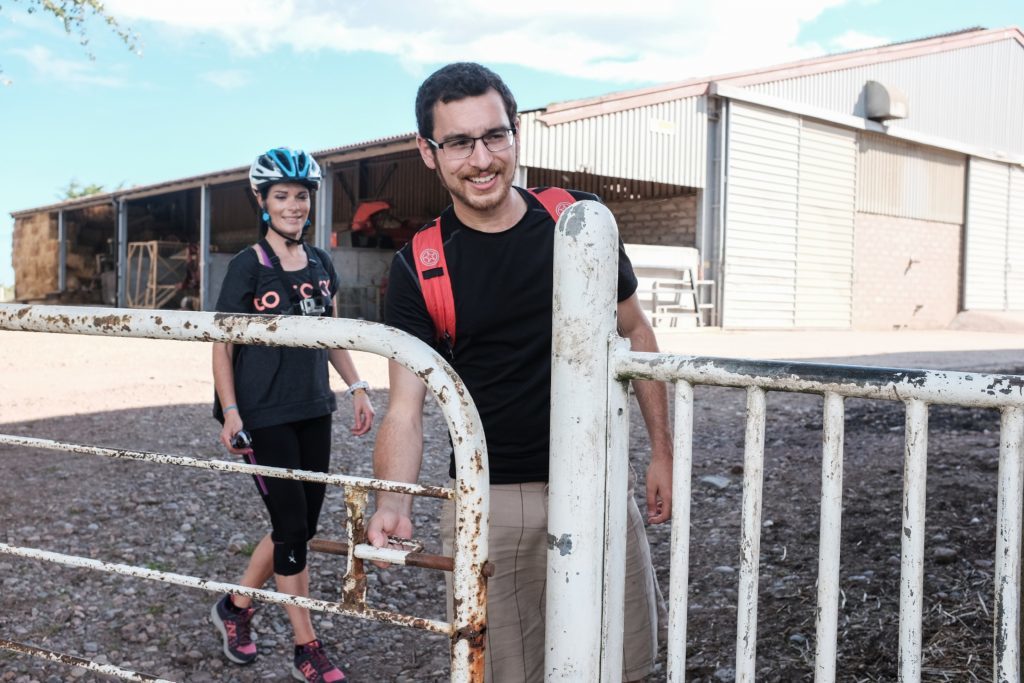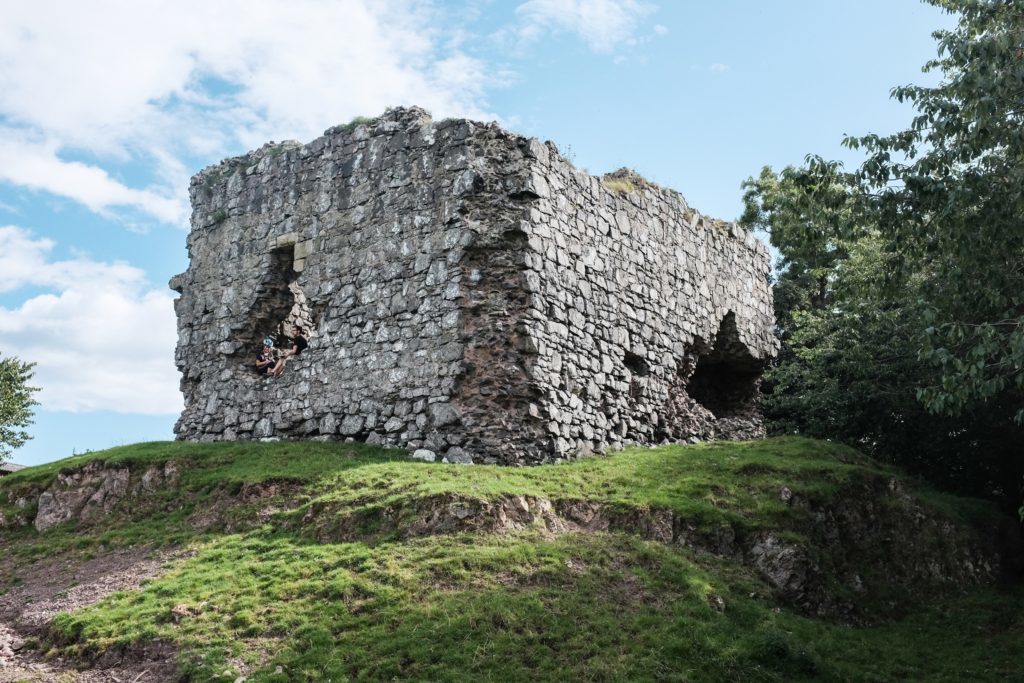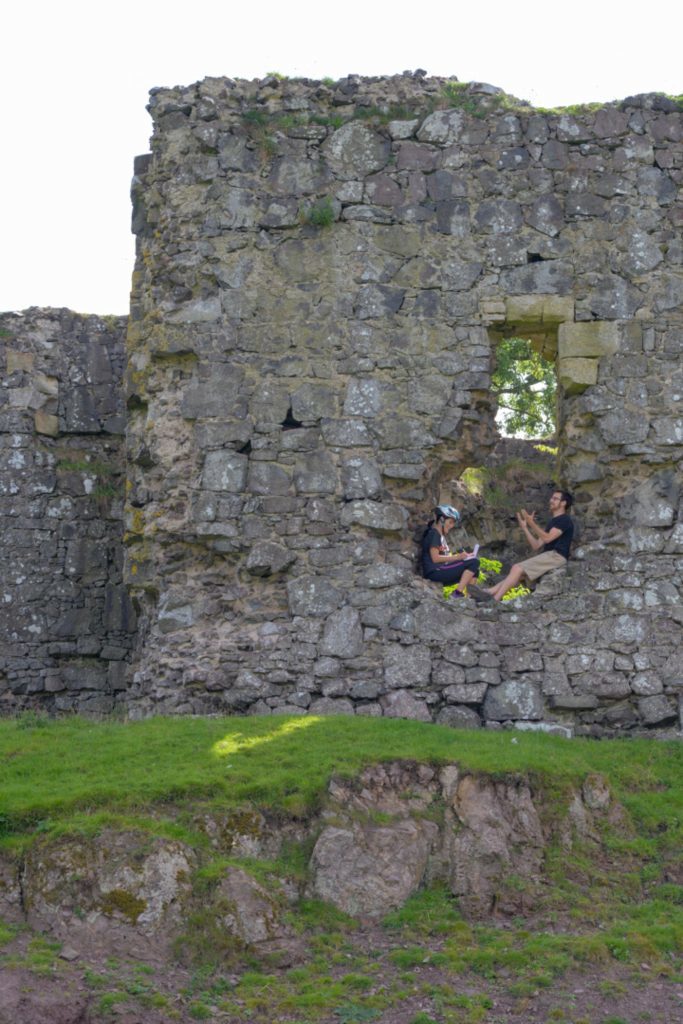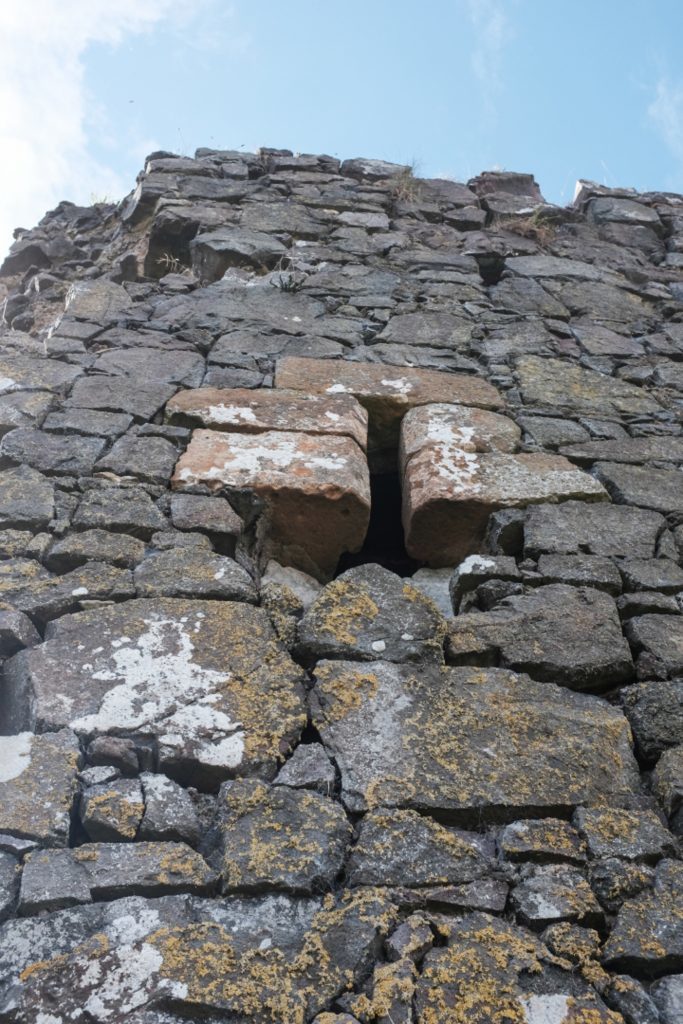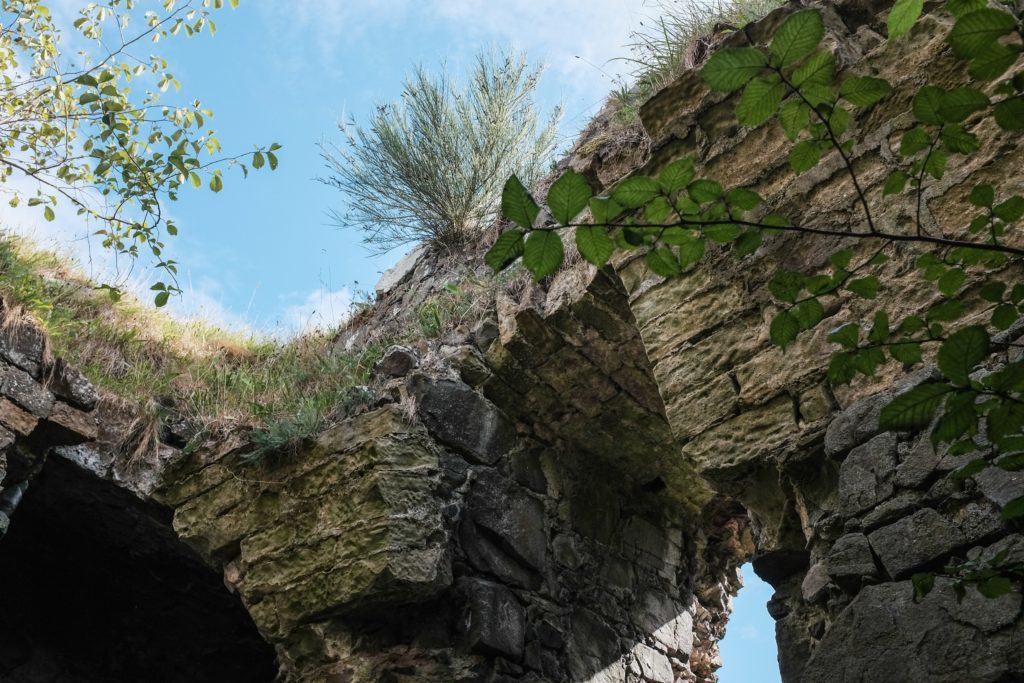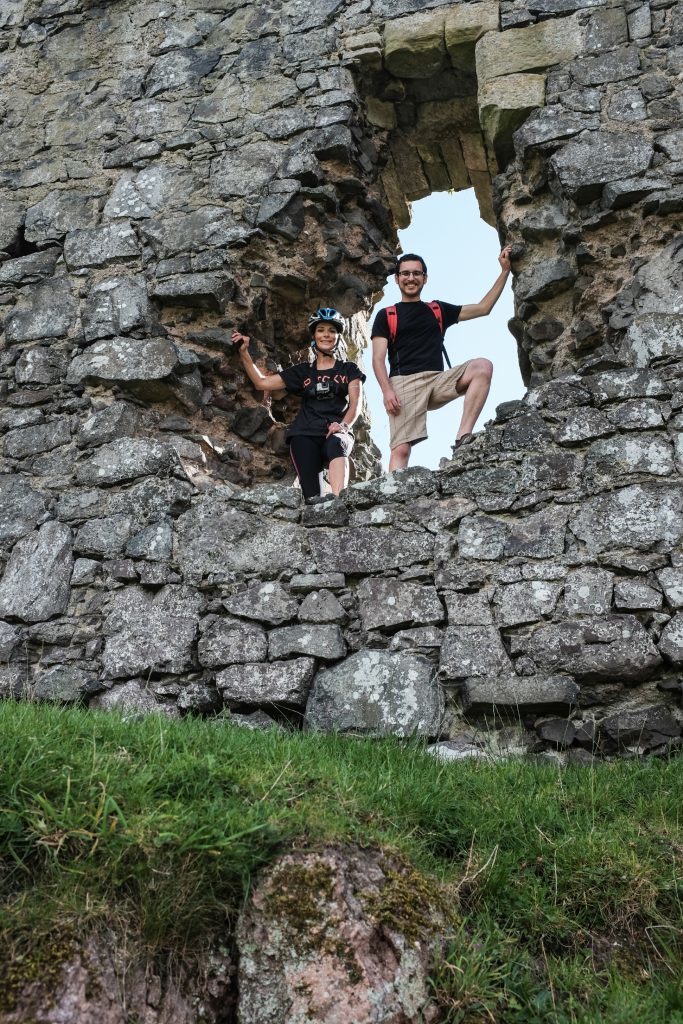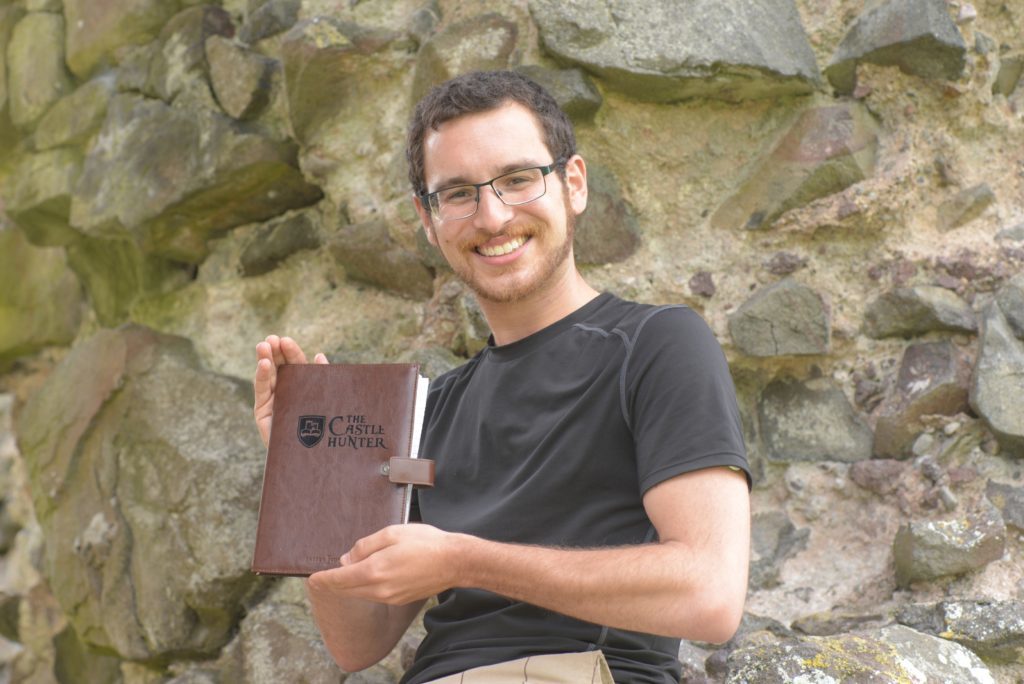You won’t find David Weinczok hanging out at many luxury castles – ruins are more up his street. Gayle hooks up with the self-styled “castle hunter” in Fife as he visits his 288th building
Ever since I was a wee girl, I’ve been fascinated by abandoned houses, ruined castles and crumbling mansions.
So when I hear about a guy called the “castle hunter” who describes himself as being less into exploring “gold-laden palaces” and more into “windswept ruins atop seaside crags”, I’m desperate to meet him.
David Weinczok – an adoptive Scot from Canada who lives in Edinburgh – typically pinpoints a train station with castles to explore nearby and then cycles between them.
I’m bikeless so I pop in to Fife Cycle Centre, borrow an electric bike, and pedal along to Leuchars Railway Station to meet him.
The plan is to check out Cruivie Castle, which David, 27, reckons is a three-mile jaunt along quiet country roads.
Passing gorgeous scenery, a highlight is a pitstop to watch cabbages being harvested in a field near Balmullo.
It’s a colourful sight, the leafy green vegetables being loaded onto a bright yellow conveyor belt, the workers dressed in blue and orange.
As we cycle up a steep farm track, I feel a tad guilty – my bike requires no physical effort whatsoever, whereas David’s requires thighs of steel.
Very soon, we reach a dead end, and David takes out his map.
“It must just be up here,” he says, pointing to a gate into a cow’s field and suggesting we ditch the bikes and investigate on foot.
There’s a huge barn right in front of us, and, as we gaze up at it, the penny drops.
“It’s behind it!” exclaims David, and sure enough, it is.
“How’s that for a backyard castle?” he says, as we open the gate and walk round to the crumbling, yet impressive, ruin.
“It’s much bigger than I thought it would be. It’s 15th Century and it doesn’t have any roof, so there shouldn’t be any hazard of falling masonry.”
This is when our adventure gets very Indiana Jones-ey.
Clambering through a window, we jump down into a forest of nettles and stubby trees. It’s impossible not to get stung, but David doesn’t care.
“I don’t count it as an adventure unless I’ve got a few stings and scrapes on my legs!” he beams.
Inside, there is a warren of rooms, the remains of old archways, and crumbling stairways.
So what does he make of the castle, which is the 288th one he’s “discovered”?
The thickness of the walls tell him that whoever lived here was guarding against attack.
“These walls are at least 7ft thick, so this was clearly meant to expect and fend off a fight if need be,” he says.
“It’s a fantastic example of the kind of residence that the aristocracy of Scotland would have lived in during the Middle Ages.
“Many old castles have been reclaimed by the land and host bat colonies and interesting plants, and cattle use parts of this one as a shelter.”
David always does his “homework” before visiting a castle, consulting Canmore and Historic Scotland records.
In Cruivie Castle’s case, he determined it was granted to Henry Ramsay by the King in 1539.
Certainly, it’s a great place to hang out. Its appeal lies largely in the fact that it’s “hidden”, and boasts stunning views across Fife’s fertile landscape.
As we (reluctantly) leave this magical place, David reveals how his hobby was born.
“Watching Braveheart as a boy may have lit the spark! Of course now I know the real story, but as groan-worthy as it might seem, that film was probably the first step in my Scottish journey.
“I’ve had a fascination with Scotland since I was a little kid. It’s a beautiful country with more castles than anywhere and thought, ‘I need to go there’.
“I can’t imagine a more enriching environment for a history geek than Scotland.
“I came here to study international relations at Edinburgh University in 2011, visited around 20 cool castles and then thought, ‘I could do something with this’.
“I grew up in the suburbs of Canada which are nothing like this! To come to ruins with deep connections into the past are hugely fulfilling.”
David has been “officially” on the castle hunt for around four years, setting out once or twice a week, and he hopes to break the 300 threshold soon.
The vast majority are “lesser known” and include tiny sites where there might only be a wall remaining – “They’re often the most fun to hunt down!”
Any run-ins with landowners? Only one, on the Black Isle, where he was shouted at to go away.
“Most people who own these castles are very welcoming and want to share their history,” he says.
There are plenty more sites for him to explore in Scotland – around 1500 to 3000, depending on how you define a castle.
“Castles and the stories around them have a way of creating a magical world in the 21st Century,” says David.
“Riding up to a castle, dismounting and striding up to it is the closest you can get to feeling like a knight!”
info
David works around Scotland as a presenter, writer, live broadcaster, heritage consultant, and tour guide.
He’s chatted about castles on BBC Radio Scotland, is a Fellow of the Society of Antiquaries of Scotland, and is working on a book about Scotland’s early castles.
He’s a self-taught historian who started off volunteering at Gladstone’s Land in Edinburgh as a room guide.
Follow David on Twitter @TheCastleHunter and check out his website at castlehunter.scot
The bike bit
Gayle borrowed a state-of-the-art electric bike from Fife Cycle Centre in Leuchars. With three modes, eco, trail and boost, it’s a joy to ride. See www.fifecycles.co.uk
